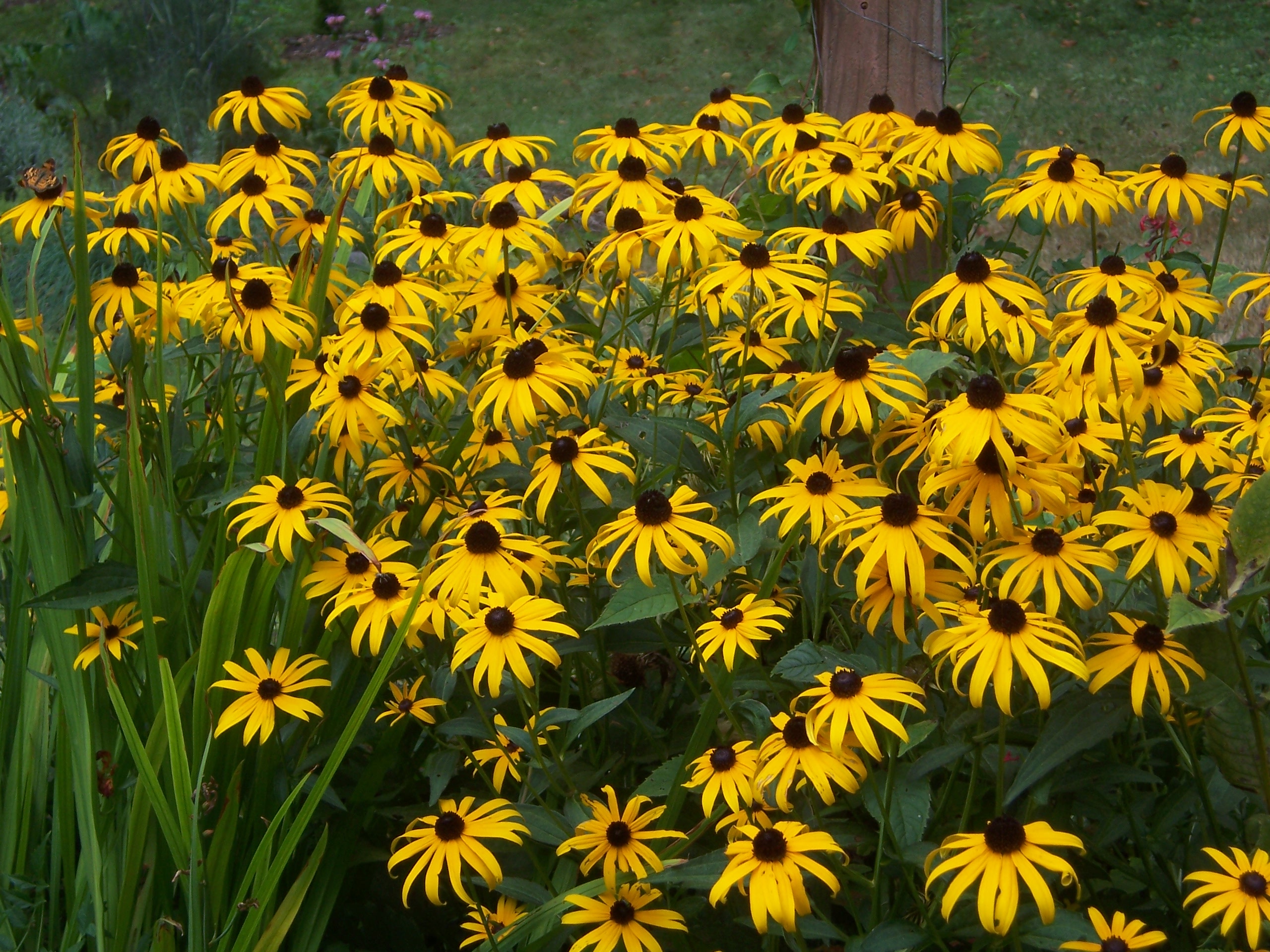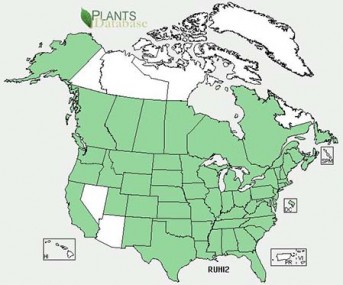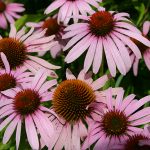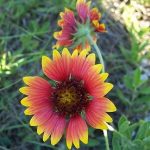Black-eyed Susan
Rudbeckia hirta
Black-eyed Susan is an annual or short-lived perennial forb that is about 1-2.5 feet tall. It is adapted throughout the Northeast on soils with a drainage classification range from well-drained to somewhat poorly drained. It will perform acceptably on droughty soils during years with average or above rainfall, but best growth is achieved on sandy, well drained sites. It is winter hardy in areas where low temperatures are between -30 ° and -20 °F. It is an important component in critical area treatment plantings along with grasses, legumes, and other forbs when used along road cuts, hillsides, and other areas subject to erosion. Black-eyed Susan can be used for landscaping in wildflower gardens, and offers protection and food to several song and game birds.
Lifespan: annual or perennial
Season: warm
Uses: amnenity grassland, reclamation, CRP, pollinator, wildlife habitat, biodiversity
Native or Introduced: Native
Annual Average Precipitation: 10 inches
Field Seeding Rate (lbs/acre): .5 to 1




